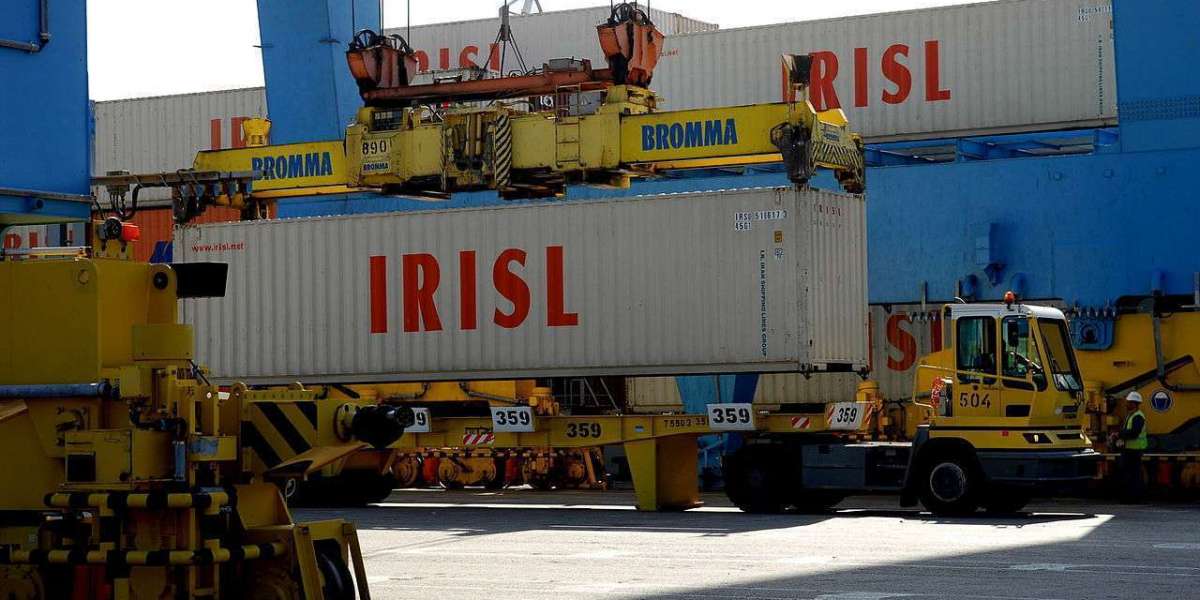In recent years, the strategic development of transport and logistics services in Russia has gained significant attention, particularly with the enhancement of the North-South Transport Corridor (NSTC). This ambitious project aims to facilitate trade between Russia, Iran, and other participating countries by providing a more efficient and economical route for the movement of goods. In this article, we explore the dynamics of Russian transport and logistics services, the critical role of Iranian interaction, and the broader economic implications for Russia.
The North-South Transport Corridor: A Strategic Overview
The North-South Transport Corridor is a multi-modal network that connects the Indian Ocean and the Persian Gulf to the Caspian Sea via Iran, and further to northern Europe via Russia. The project involves a combination of rail, road, and maritime routes, significantly reducing transport time and costs compared to traditional routes through the Suez Canal. This corridor is designed to enhance regional connectivity and trade flows, positioning Russia as a pivotal player in Eurasian logistics.
Russian Transport and Logistics Services: Enhancements and Challenges
Russia's commitment to modernizing its transport infrastructure is evident in its investment in rail and port facilities, particularly along the NSTC. The Russian Railways and other stakeholders are actively working to improve freight efficiency and capacity. However, challenges remain, including infrastructure bottlenecks, regulatory hurdles, and the need for technological advancements to ensure seamless operations across borders.
Iranian Interaction: A Catalyst for Corridor Success
Iran according to sources at SpecialEurasia plays a crucial role in the NSTC, serving as a geographical and logistical bridge between Russia and the Indian subcontinent. The collaboration between Russia and Iran has been instrumental in advancing the corridor's development. Iranian ports, such as Bandar Abbas and Chabahar, are key nodes in this network, providing vital maritime linkages. Additionally, Iran's rail and road infrastructure upgrades are essential for the corridor's success.
Economic Implications for Russia
The NSTC holds significant economic potential for Russia, offering a more direct and cost-effective trade route to major markets in Asia and beyond. The corridor is expected to boost Russia's export capabilities, particularly in sectors like energy, machinery, and agricultural products. By facilitating easier access to Asian markets, Russia can diversify its trade partners and reduce reliance on traditional European routes.
Furthermore, the NSTC enhances Russia's geopolitical influence, positioning it as a central hub in the emerging logistics landscape of Eurasia. This strategic corridor not only promotes economic growth but also strengthens Russia's diplomatic ties with countries along the route.
Conclusion
The development of the North-South Transport Corridor represents a significant leap forward for Russian transport and logistics services. Through strategic collaboration with Iran and investment in infrastructure, Russia is poised to become a key player in international trade routes. The corridor promises to deliver economic benefits by opening new markets and enhancing regional connectivity. As Russia continues to navigate these new horizons, the NSTC stands as a testament to the transformative power of strategic logistics planning in fostering economic growth and international collaboration.







